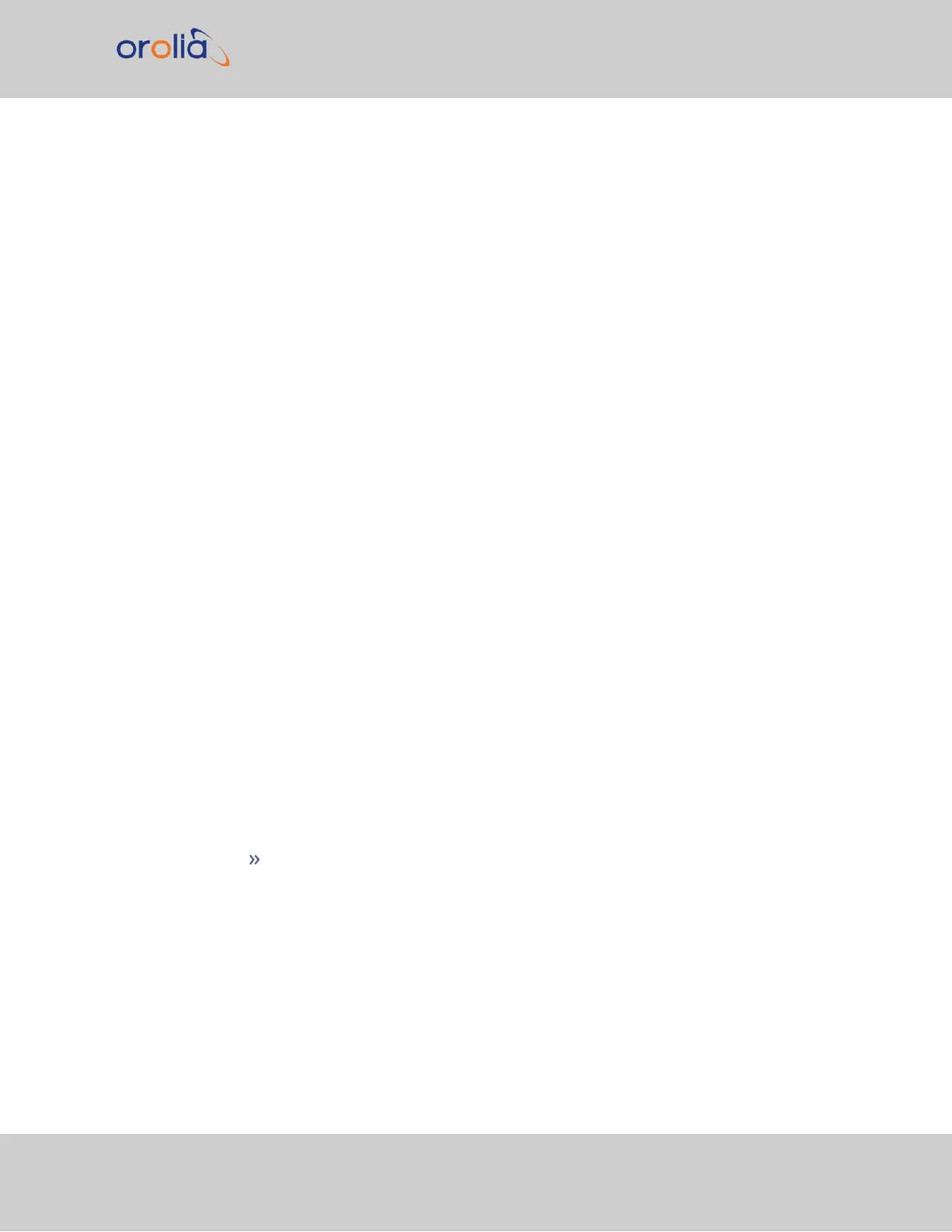Seconds (SBS) data was removed from the data stream. The SBS time is the number of
seconds elapsed since midnight.
FAA IRIG B OUTPUT
The FAA IRIG B code contains the Binary Coded Decimal (BCD) time of year and a Control
Function (CF) field containing satellite lock status and time error flags. With the exception
of the position identifiers, all remaining code elements are set to a binary 0. Figure A-1 illus-
trates the FAA IRIG B data structure. The BCD time of year provides the day of the year,
001-366, and the time of day including seconds. The hour of the day is expressed in 24-
hour format.
FAA IRIG B General Description
1.
Time frame: 1.0 seconds
2.
Pulse rates:
A.
Element rate: 100 per second
B.
Position identifier rate: 10 per second
C.
Reference marker rate: 1 per second
3.
Element identification: The "on time" reference point for all elements is the pulse
leading edge.
A.
Index marker (Binary 0 or uncoded element): 2 millisecond duration
B.
Code digit (Binary 1): 5 millisecond duration
C.
Position identifier: 8 millisecond duration
D.
Reference marker, 1 per second. The reference marker appears as two con-
secutive position identifiers. The second position identifier marks the on-time
point for the succeeding code word.
4.
Resolution: 10 milliseconds
5.
Code word structure:
BCD: Word seconds digits begin at index count 1. Binary coded elements
occur between position identifier elements P0 and P5 (7 for seconds, 7 for
minutes, 6 for hours, and 10 for days) until the code word is complete. An
index marker occurs between decimal digits in each group to provide sep-
aration for visual resolution. Least significant digit occurs first.
SecureSync 2400 User Manual 555
APPENDIX
